FREE TIME IN ANCIENT ROME
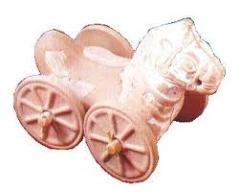
Roman children played a number of games, and their toys are known from archaeology and literary sources. Girls are depicted in Roman art as playing many of the same games as boys, such as ball, hoop-rolling, and knucklebones. Dolls are sometimes found in the tombs of those who died before adulthood. The figures are typically 15–16 cm tall (about half the height of a Barbie doll), with jointed limbs, and made of materials such as wood, terracotta, and especially bone and ivory. Girls coming of age dedicated their dolls to Diana, the goddess most concerned with girlhood, or to Venus when they were preparing for marriage.
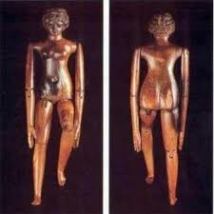
Some and perhaps many girls went to a public primary school. Ovid and Martial imply that boys and girls were educated either together or similarly, and Livy takes it for granted that the daughter of a centurion would be in school. Children of the elite were taught Greek as well as Latin from an early age. Children of both genders learned to behave socially by attending dinner parties and other events. Girls as well as boys participated in religious festivals; both girls and boys sang formal compositions in choirs, for instance, at the Secular Games in 17 .BC.
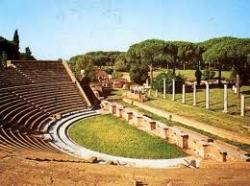
In ancient Rome the show and entertainment are integral and important part of public life. One of the places where the Romans met to spend the leisure and entertainment is the theater. They performed on stage actors, musicians and, depending on the show, could be the choir. The stage was shut in by a wall that had three doors, through which the actors entered and exited from the scene. The theatrical performances were free and took place during the day: the curtain fell disappearing into the pit to the edge of the stage and began the representation.
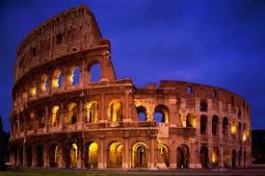
After the shows, the Romans went to the spa, they, unlike many ancient peoples, loved to take care of personal hygiene. For this reason there are private bathrooms, reserved for the rich and noble, and the baths, ie public toilets, where anyone could enter by paying a small sum, or even for free. The spa was not only to swim: they were meeting places where you were with friends, business is concluded, we talked politics, etc..
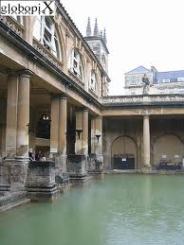
group: arte1 (Consiglio Erminia, Angiulli Stefano, Consiglio Natalia, Pinto Isabella, Marialucia D’Anella)











